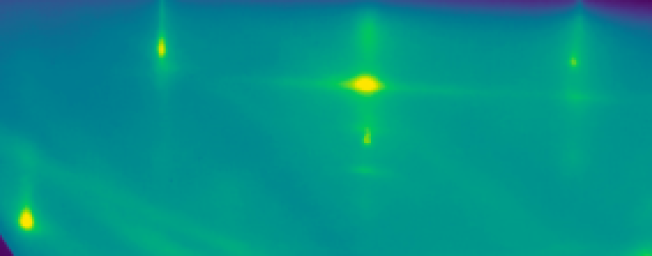A Unified Platform for
Materials Science.
Efficiently uncover patterns and relationships across multiple data streams.
Unified materials data unlocks the future of Materials Science.
Store, Manage, and Transform Your Data at Scale
1. Tailored data models make it easy to store all of your data, files, metadata, and notes, enabling users to find real-world relationships between context and observations.
2. Frictionless data ingestions and zero- or low-configuration automated analysis with AI and ML models extracts physical insights into first-of-their-kind datasets.
3. A workspace to test experimental hypotheses, organize investigations, and run predictive workflows in real-time.
4. Collaboration views with team members and colleagues to share interactive analyses, data access, process tools, and work products.

Built-in Automation and Growing Capabilities
An expanding set of automation capabilities unifies data and lowers the manual effort required to contextualize data streams containing information about atomic structure, composition, microstructure, and processing conditions.
Extracting information from files automatically accelerates analysis efforts and ensures continued and ongoing value to your data. Intelligent parsing of metadata, free-text notes, and filenames reduces friction to assemble the complete materials processing context.
On AtomCloud, the value of data from both positive and negative trials compounds over time to provide guidance for the next iteration of R&D.

Materials science data covers a wide range of formats and file types, typically stored in file-tree structures on local or shared drives. Data is analyzed serially with an emphasis on deep, hands-on investigation. Conclusions or information are evaluated by the scientist at the center of this process. While effective, this approach runs into a scaling rate problem as it lacks a clear path for breaking through the challenge of nonlinear synthesis control.
AtomCloud's unified data platform aims to take major step forward in creating the infrastructure and tools to integrate data at the scale needed to accelerate the time-to-control for the synthesis and commercialization of new materials.
AtomCloud helps operators extract insights from RHEED patterns across broad material systems.
Try AtomCloud yourself.
Book a demo to see how AtomCloud can unify your materials characterization data.




